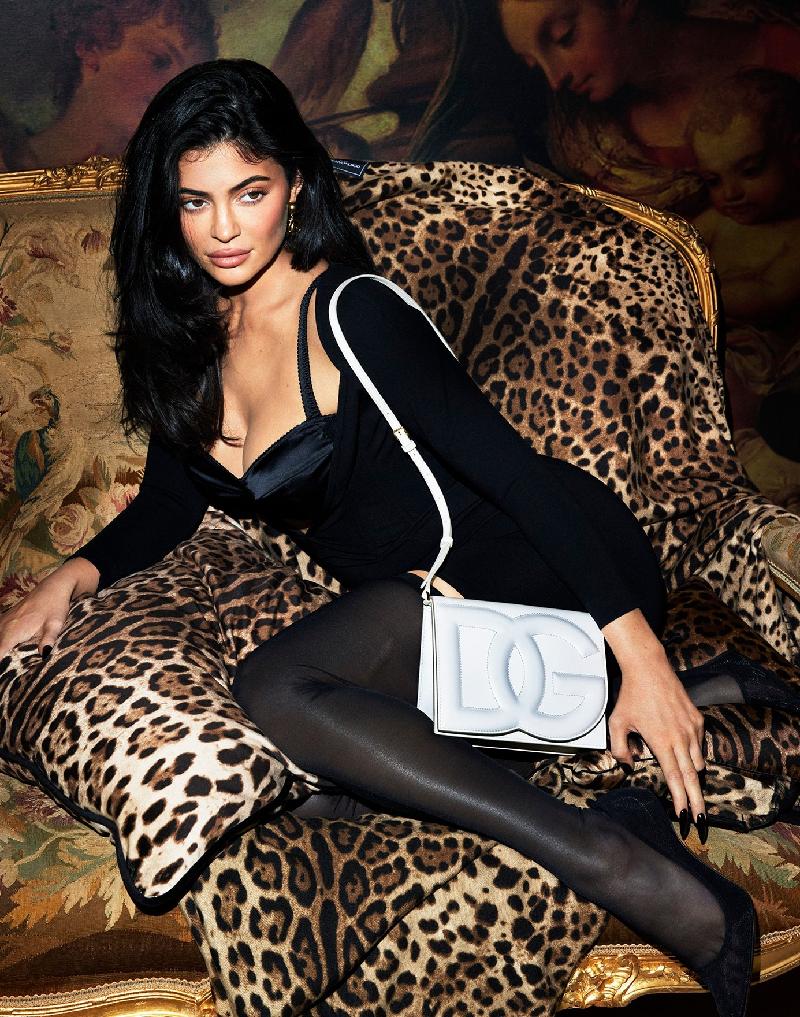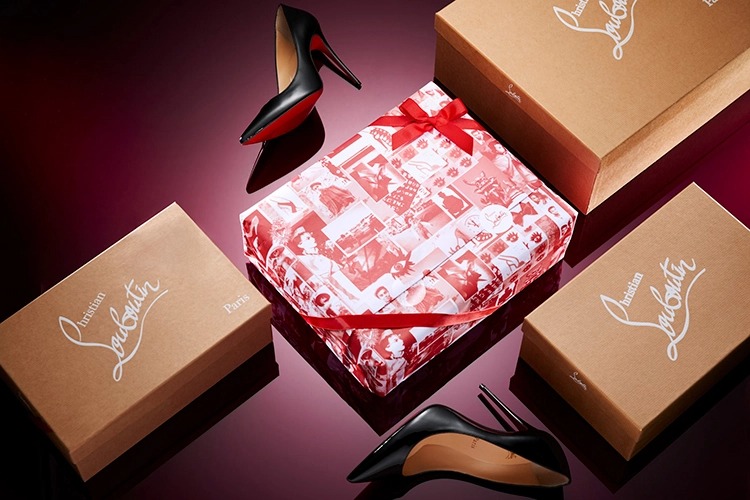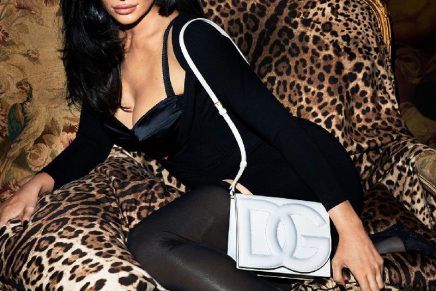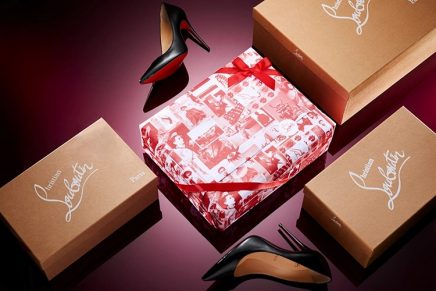Unmasking the Fakes: How High-End Brands are Taking on Counterfeiting.
The last year Intellectual Property Crime Threat Assessment, produced jointly between Europol and the European Union Intellectual Property Office (EUIPO), reveals that the distribution of counterfeit goods has been thriving during the COVID-19 pandemic. The health crisis has presented new opportunities for trade in counterfeit and pirated products, and criminals have adjusted their business models to the meet the new global demand.
The report, based on EU-wide data and Europol’s operational information, confirms that counterfeiting and piracy continue to pose a serious threat to the health and safety of consumers, as well as to the European economy. In addition to the categories of counterfeited clothes and luxury products seized, there is a growing trade in fake products which have the potential to damage human health, such as counterfeit medicines, food and beverages, cosmetics and toys.
Reflecting the post-pandemic context, the 2022 EU-wide survey confirmed that 37 % of young people bought one or several fake products intentionally in the last 12 months, a significant increase compared to the previous results.
The counterfeit products that young people most commonly buy intentionally are clothes and accessories (17 %), followed by footwear (14 %) electronic devices (13 %), and hygiene, cosmetics, personal care and perfumes (12 %).
The production of illicit food products, and especially drinks, has become more professional and sophisticated, with some counterfeiters covering the whole supply and distribution chain. Violations of protected geographical indications continue to be widely reported too.
The report also shows some key trends in various product sectors primarily targeted by counterfeiters. Clothes, accessories and luxury goods remain among the most popular product categories for counterfeit goods, sold both online and in physical marketplaces. They are one of the top categories of the approximatively 66 million counterfeit items seized by authorities in the EU in 2020.
Luxury brands can employ various strategies to fight counterfeiting, including trademarks and patents, anti-counterfeiting technologies, and consumer education.
Anti-counterfeiting technologies: Brands can incorporate anti-counterfeiting technologies such as RFID tags, holograms, watermarks, and security inks into their products. These technologies can make it easier to detect counterfeit products and distinguish them from authentic ones.
Trademarks and patents: Luxury brands can register their trademarks and patents to protect their intellectual property rights. This can help prevent counterfeiters from producing knockoffs that mimic the brand’s designs.
Supply chain management: Luxury brands can also work closely with their suppliers to ensure that their products are not being diverted or counterfeited during the manufacturing and distribution process. By establishing a secure supply chain, brands can reduce the risk of counterfeiting.
Legal action: Brands can take legal action against counterfeiters by filing lawsuits or working with law enforcement agencies to seize counterfeit products and shut down counterfeit operations. This can help deter counterfeiters and send a message that counterfeiting will not be tolerated.
Consumer education: Luxury brands can educate their customers about the risks and consequences of purchasing counterfeit products. By raising awareness about the negative impact of counterfeiting, brands can encourage customers to choose authentic products over counterfeit ones. Some luxury brands like Gucci and Louis Vuitton offer customization options to their customers. This means that the product is unique to the customer and cannot be replicated by counterfeiters. For example, Chanel has created an educational website called “Inside Chanel” to educate consumers on the brand’s history and product authenticity.
Monitoring of online marketplaces: Luxury brands monitor online marketplaces such as eBay, Alibaba, and Amazon to identify and remove counterfeit products.
Collaboration with law enforcement agencies: Brands like Cartier, Tiffany & Co., and Rolex have collaborated with law enforcement agencies to catch and prosecute counterfeiters.
Anti-counterfeiting teams: Many luxury brands have dedicated teams that focus solely on identifying and combating counterfeit products. For example, LVMH has an anti-counterfeiting team that works to protect all of its brands.
Overall, fighting counterfeiting requires a multi-pronged approach that involves technology, legal action, and education. By implementing these strategies, luxury brands can protect their intellectual property rights and maintain the exclusivity and authenticity of their brand.
Here are some examples of luxury brands that have implemented strategies for fighting fakes in China:
Louis Vuitton: In 2018, Louis Vuitton won a lawsuit against a Chinese company that was selling fake Louis Vuitton products on the internet. The company was ordered to pay damages of 1.5 million yuan ($210,000).
Chanel: Chanel has implemented a multi-pronged approach to fight fakes in China, including partnering with e-commerce platforms to take down counterfeit listings and conducting regular raids with local authorities to seize fake products.
Burberry: Burberry has implemented a blockchain-based solution to track and authenticate its products in China. The system, which is powered by the blockchain platform Vechain, allows customers to verify the authenticity of their products using a smartphone app.
Gucci: Gucci has implemented a comprehensive anti-counterfeiting program in China, which includes working with local authorities to conduct raids and seize fake products, as well as using advanced technology to track and authenticate its products.
Tiffany & Co.: Tiffany & Co. has implemented a “zero-tolerance” policy for counterfeiting and works closely with Chinese authorities to seize fake products and prosecute counterfeiters.
Cartier: Cartier has partnered with Alibaba’s Tmall platform to create an online store that offers only authentic Cartier products. The store includes a variety of anti-counterfeiting measures, such as unique product codes and QR codes.
Hermès: Hermès has implemented a program to authenticate its products in China, which includes embedding microchips in its products that allow customers to verify their authenticity using a smartphone app.
LVMH: LVMH has implemented a program called “Aura” that uses blockchain technology to authenticate its products.
Prada: Prada has implemented a program called “Protect” to fight fakes in China. The program includes working with local authorities to seize fake products and implementing advanced technology to track and authenticate its products.
Richemont luxury group: Richemont, the parent company of luxury brands such as Cartier and Van Cleef & Arpels, has implemented a program called “Blockchain for Certification” to track and authenticate its products. The program is powered by the blockchain platform ConsenSys and allows customers to verify the authenticity of their products using a smartphone app.





